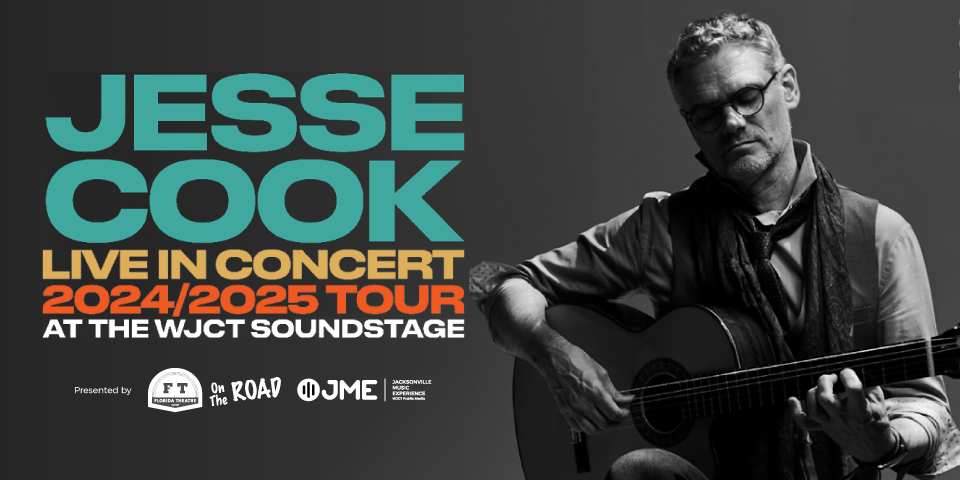
How does one honor any creative tradition without losing one’s identity and wind up stifled in the conventions and style of that very same heritage?
Jazz is simultaneously based on an expectation from the audience that one knows the tune and an expectation from the players assembled on the bandstand that one knows how to forget the tune altogether, let go, and allow the actual performance to lead the way. There is a confluence of forces at play: personality, ego, knowledge and technical proficiency and downright tenacity, to name but a few. You play it on principle.
Northeast Florida jazz guitarist Taylor Roberts devoted his life to the music some 20 years ago. Now at age 40, the bulk of his life has been devoted to the music. He was mesmerized by the music courtesy of key players who seemed preordained to evolve jazz while bridging the past with unimaginable possibility.

“I guess I was first introduced to jazz properly when I was about 17, when I started playing in a high school jazz band,” says the Gainesville native, whose initial adolescent forays into music were as a punk-rock musician. “And thankfully, I had a couple of friends who introduced me to music by John Coltrane, Charlie Parker, Wes Montgomery, Kenny Garrett. And of course, Miles Davis. They’re my favorites. It was mostly the horn players that I gravitated towards.”
While barely out of his teens, Roberts studied jazz at the University of North Florida. While he never garnered a formal degree, it was at UNF where instructors including saxophonist Bunky Green, pianist Keith Javors, and (someone whom Roberts cites as a crucial guiding voice) guitarist Barry Greene helped broaden Roberts’ familiarity with electric guitarists, adding Wes Montgomery to Roberts’ already-instilled vocabulary of players like Jimi Hendrix and B.B. King. Yet it was on the bandstand where Roberts became a kind of jazz autodidact, learning in real time.
“That was the best way I felt for me to get experience and in order to get as much work as I could, I had to learn as many tunes as I could,” explains Roberts, of his decision to learn to play jazz through the trial-by-fire approach, in live performance and in front of an audience. “My main focus during that first year was to learn as many standards as I could. I didn’t like the feeling of somebody asking me, ‘Hey! Do you know this tune?’ And to not know a tune; let alone during the gig? That is not a good feeling.”
Word got around about Roberts’ technical prowess, sensitivity towards the music, and willingness to travel far and wide to gig. Whether at jam sessions, as a side-player, or soloist, he became a fixture on the then-local jazz scene, where he played most nights at clubs like Ocean 60, Stogie’s, Kickbacks Gastropub (where for five years Roberts held down a weekly gig with trumpeter Ray Callender) and Sangrias Wine and Tapas Bar.
“I’d say melody and time-feel are of equal importance: the melody is what people are going to hear and recognize, and the time is what people are gonna feel.”
From 2011 to 2022 he appeared more than once as a supporting musician leader of his own ensemble at the Jacksonville Jazz Festival. He has been the longtime resident musician at Salt at the Ritz-Carlton in Amelia Island, where he performs solo. In recent years, his gig itinerary has run the gamut from playing a private concert for the Rolling Stones in the days leading up to their 2019 Jacksonville show to a two-week residency resort-gig on the Caribbean island of Saint Thomas. “You know, years ago when I first started playing solo, I expected everyone to applaud at how great I was for navigating these songs by myself,” he laughs. “I like to think I’ve become more humble and I do know that I am truly grateful for how my career has developed over the years.”
Crucial to Roberts’ development as a player has been the ease at which he can shift gears from performing a Charlie Parker standard and a Radiohead tune with the same equanimity. His tonal and chordal palette is widened with the use of two custom-made, high-end 7-string archtop guitars: a Benedetto and a more recently commissioned Ribbecke.
“I’ve been playing a seven-string for about 13 years now,” explains Roberts. “I think in a past life I was a bass player because I am a bass junkie. I wanted to have the feel of an entire band, or at least the sound of a duo, when I performed solo.”
The 7-string, with its low B-string deepening the instrument’s bass range, also helped Roberts level up in the search for a singular identifiable tone. Players like Coltrane or bassist Charlie Haden, even ‘60s rock guitarist Duane Allman (who was no stranger to modal jazz) can be instantly known from the sound of their playing as much as any melodic and harmonic ideas.
“Miles once said, ‘It takes a long time for you to sound like yourself.’ You know? I think tone is so important and I’m always chasing a good one. I don’t know if I’m even there, yet.”
All of the above has moved in circularity and even a kind of logical resolution with Roberts’ third and recent release, Homecoming. The album is as much about relationships as it is any songbook. Roberts admits that whether at Salt or one of his many private gigs, he usually only plays straight-ahead jazz unless it is a request. “This album is a return to where my heart really is.”
Key to the creation of Homecoming was assembling what Roberts describes as a “dream team” band, all players that he has played with in countless gigs and had deep friendships since he first stepped on stage during his earliest days. Joining Roberts on the album are tenor saxophonist Juan Carlos Rollan, pianist Kevin Bales, bassist Billy Thornton and drummer Pete Miles with drummer Stefan Klein featured on two of the record’s tracks.
For the sessions, Roberts and the band sketched out basic arrangements for the tunes, including jazz standards like “Moanin,” “Love For Sale” and “The Nearness of You.” The album was cut live, with minor production tweaks.
“We just went in with a blank slate,” he explains. Tracked loose and live, a bulk of the songs on Homecoming dip into the eight-10-minute running time. “I really tried not to be too precious about really any of it. As cavalier as that may sound, I just wanted to come in and make music with my friends. These guys are all kind of like musical elder-siblings of mine. And they’ve watched me kind of come up and fall on my face and then pick myself back up over and over for the past 20 years.”
This camaraderie, intimacy and collaborative familiarity amongst the players involved is evident on the seven tracks that comprise Homecoming. The band tackles two Herbie Hancock compositions: “One Finger Snap” and “Maiden Voyage.” With the latter tune from 1965, the band reduces the tempo down to half-speed, dreamily exploring and prodding the two-chord theme. Roberts plays pointillistic jabs at the chords, the effect of questioning Hancock’s motif. At the halfway mark, Roberts answers his own inquiry, unpeeling an impressive flurry of cascading arpeggios over the band’s placid interpretation of the modal jazz workhorse.
- Stream Homecoming
Conversely, “One Finger Snap” is a cat-and-mouse improvisational workout between Roberts drummer Pete Miles, as the two goad each other into careening over Hancock’s post-bop chord progression; at the one-minute mark, the rest of the band joins Roberts and Miles for the wrap up. The back and forth between the two on “One Finger Snap” is a direct result of Roberts’ relationships with the players involved.
“Years ago, Pete and I were on break at a gig and he said, ‘You know, even when you play solo, you can leave space, and you can slow down and speed up.’ And he said this lovingly (laughs). But even though I had the changes running in my head, [on “One Finger Snap”] I was following Pete for the most part. But there’s a point where I no longer even did that, and then he and I really just went totally free.”
The band’s take on Cole Porter’s “Love for Sale,” a song indelibly stamped into every jazz fake book in the world, and one that has been covered by everyone from Billie Holiday to Lady Gaga, is presented as jazz-funk.
The entire ensemble has room to move on Homecoming. “Up Jumped Spring” provides Rollan some breathing room to unfurl a savvy sax solo that gains propulsion over the collective encouragement and prodding by the rhythm section. Near the end of their take on the dulcet Freddie Hubbard tune, following the guitar and sax solos, the band again coalesces as one. Bales plays swirling gradients that evoke deft Bill Evans and Vince Guaraldi-style arpeggios, which in turn cascade into dissonant interval clusters. Thornton casually interjects an adroit and tasty bass solo as the song nears the end.

Roberts acknowledges that much of his solo-performance work is based on exploring contemporary popular music. And he is an ardent fan of a handful of current songwriters who might not be familiar to the jazz orthodoxy. “You know, I think a lot of the songwriting teams who write Beyoncé or Justin Timberlake, or a songwriter like Anderson.Paak; they all write some worthy stuff. But D’Angelo, man! I mean, his writing comes really not just from the church and gospel, but from the jazz tradition. That’s why he’s one of my favorite musicians of all time. And as derivative as some people will accuse new songwriters of being, we are all derivative. Jazz is inherently derivative. Kenny Garrett is derivative of Coltrane and Garrett is still a phenomenal musician and composer.”
Roberts feels like he remains “attuned” to notable elements of a song in part because as a soloist, who plays a 7-strong guitar no less, he is highly aware of the absent vocal line and has learned to augment that absence by emphasizing the remaining elements.
“I’d say melody and time-feel are of equal importance: the melody is what people are going to hear and recognize, and the time is what people are gonna feel.”
This same kind of mindfulness is at work when Roberts does what he arguably does best: improvise.
Spontaneous composition is the inherent force of jazz. When we remove genius compositional or arranging skills and even collective group interplay, improvisation is the principle of jazz that is ever-present. Whether through merely soloing over an eight-bar bridge or extended freeform flight, improvisation is an uncanny mixture of volition, awareness, imagination and emotional embellishment while gauging creative freedom against remembering, and even forgoing and releasing, the song.
“I feel an alignment with both myself and the other players,” offers Roberts of his experience of improvising. “I hate to beat an old adage to death but music really is the universal language. I presently can’t speak Japanese or other languages fluently, and if I am playing with someone who does speak English, we can put the first notes out there and – boom! – we are in that tune. It’s hard to articulate because improvising is like my safe place. I’m right there [in the performance] but I also kind of go someplace else.”
Roberts is only now launching Homecoming but he’s already considering the premise of his next release, with the intention on putting the music of a particular 20th-century musician-composer—one who penned masterpieces by distilling and deriving musical streams from jazz, soul, funk and rock—through the prism of jazz guitar.
“Stevie Wonder is my favorite musician of all time. I really am thinking about doing a tribute album of his tunes. God! He straddles the line between pop and jazz and everything in between and so beautifully, man. There’s enough going on musically to make musicians geek out and enough of a pop appeal to have people out on the dance floor,” says Roberts, with a laugh. “You know the tune “Do I Do”? There’s a chord in that tune that has a B over F. Who does that? Other than like Wayne Shorter or Cecil Taylor.”
Spoken like a true jazz musician.
Taylor Roberts performs every from 5-9:30 p.m. every Tuesday through Saturday at Salt at the Ritz-Carlton, Amelia Island. Beginning Monday, June 12, Roberts plays a monthly residency at Blue Jay Listening Room in Jacksonville Beach. The residency is featured every month through January 2023. For a full listing of his residency performances and guest artists who will join him for each show, click on the JME live music calendar here. For a full listing of Roberts local and other performances, and to purchase Homecoming, visit his site. You can follow Roberts @tr7guitar.
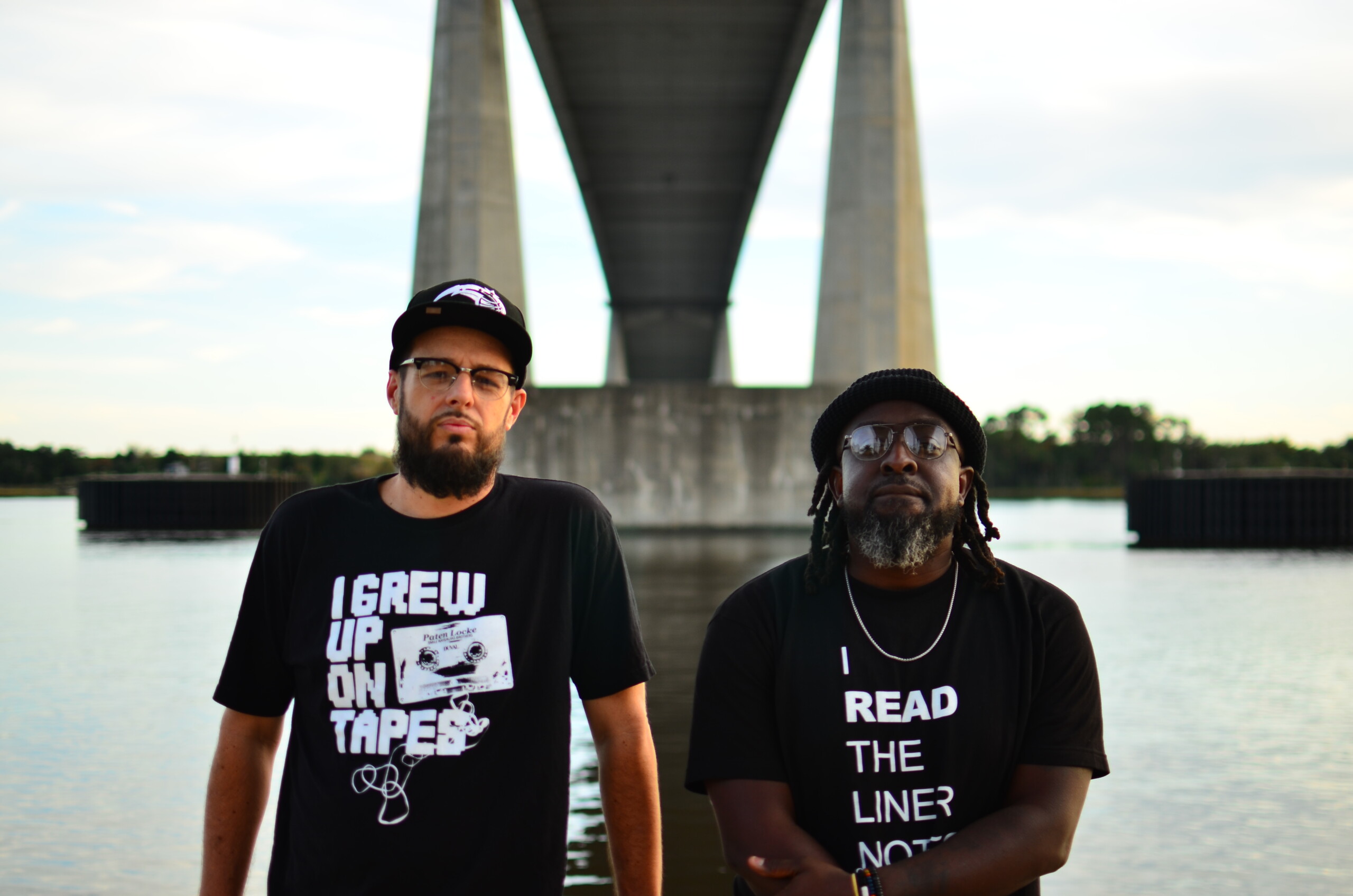
Mr. Al Pete and Notsucal Release Their Latest Collab, ‘G4.5’
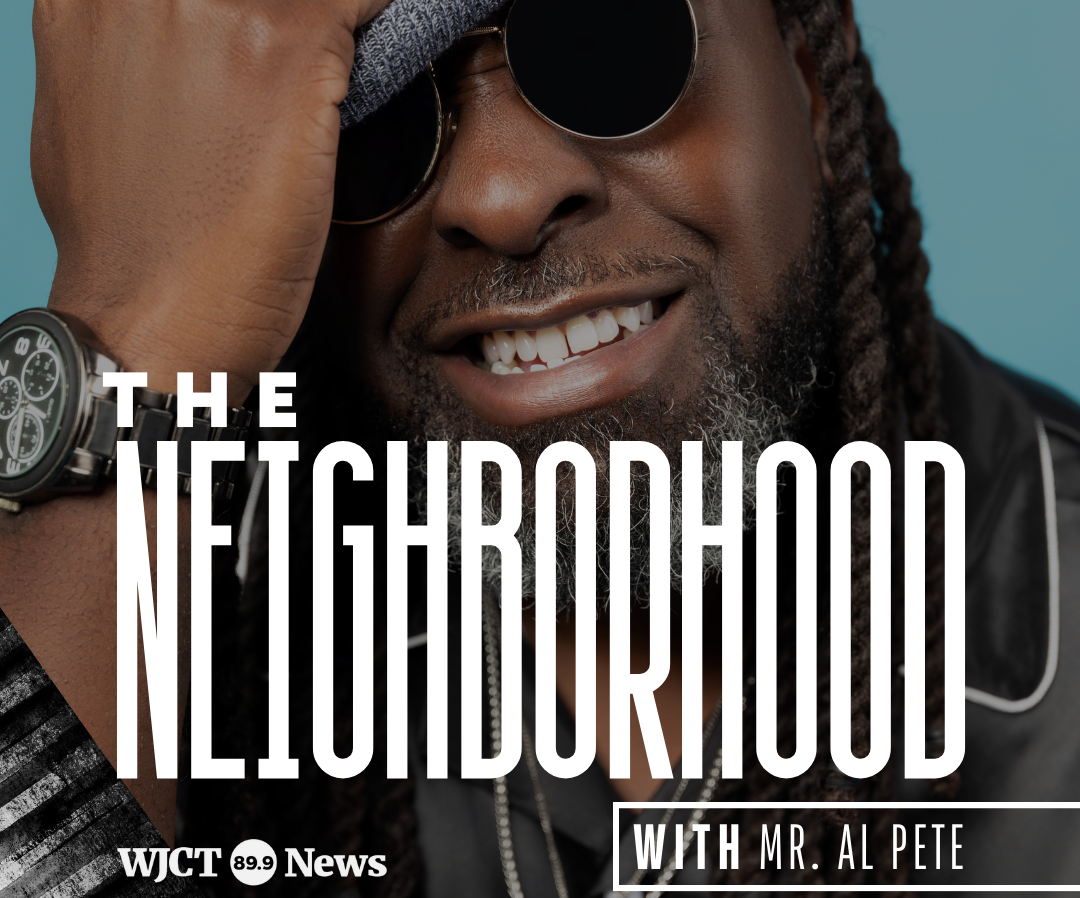
Dinner Party, Tom Misch and More from the Neighborhood with Mr. Al Pete

An Ultra-Chill Playlist from the Latest Episode of Electro Lounge
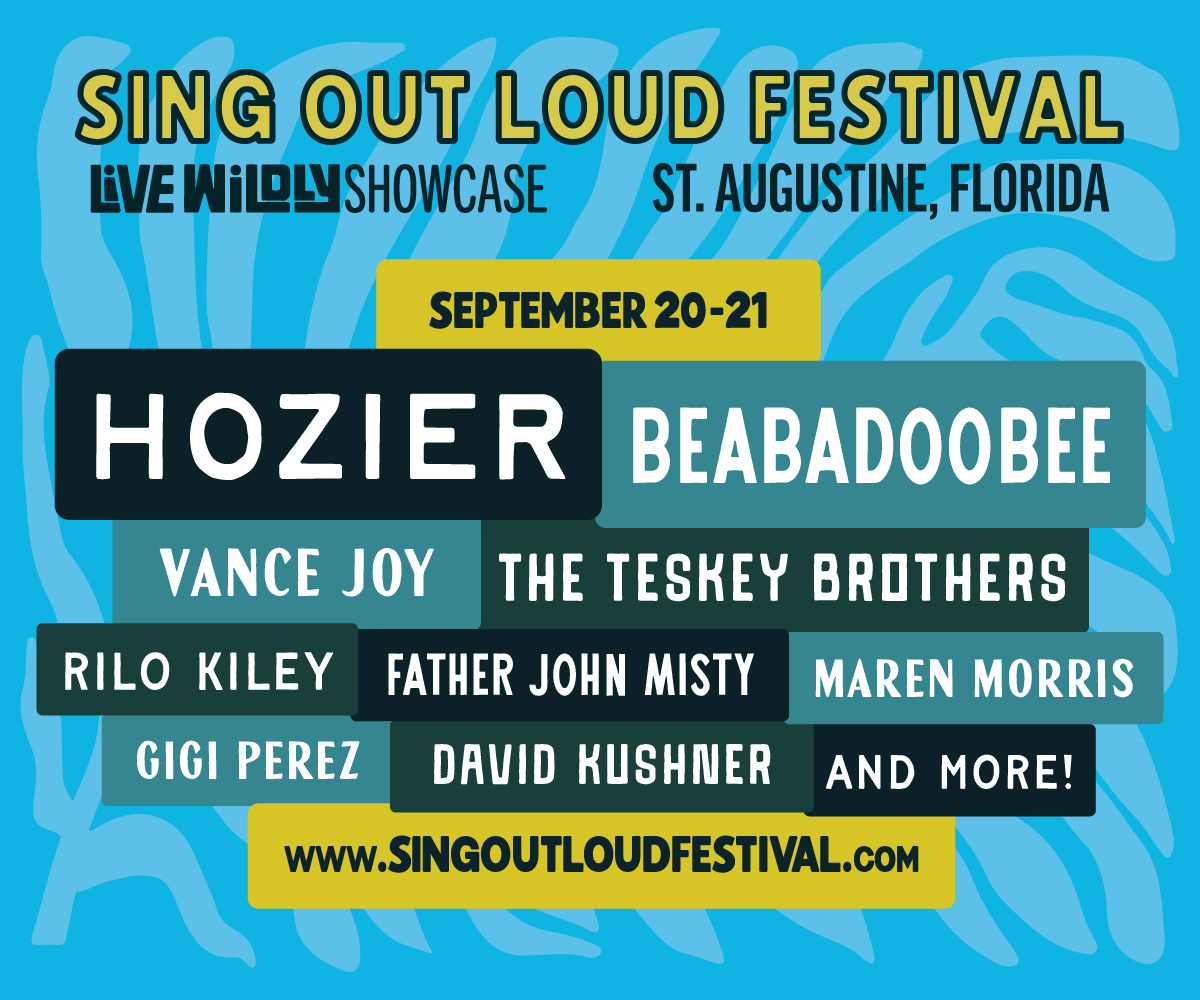
Sing Out Loud Festival Returns With Hozier, Beabadoobee, Father John Misty, Vance Joy and More
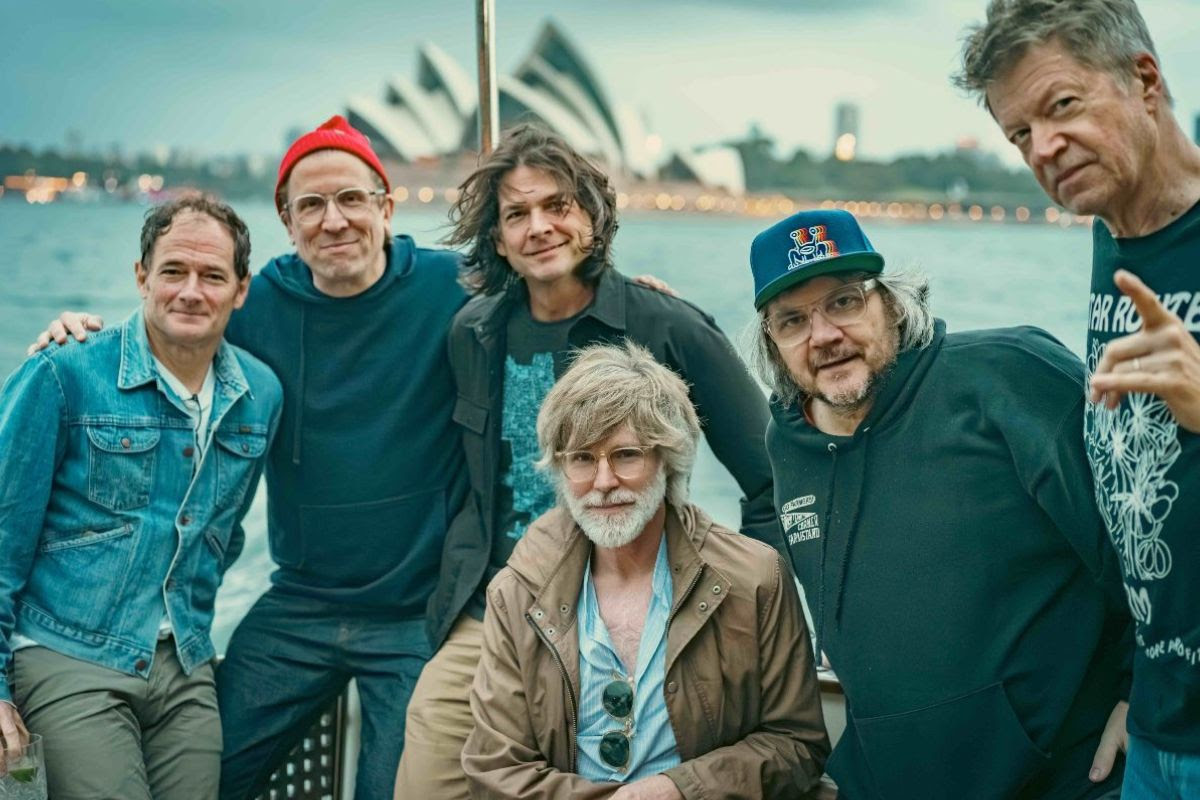
Chicago Alt-Country Faves Wilco Return to St. Augustine with Indie-Folk Great Waxahatchee

Looking for an Alternative to Spotify? Consider Hopping on the band(camp) Wagon
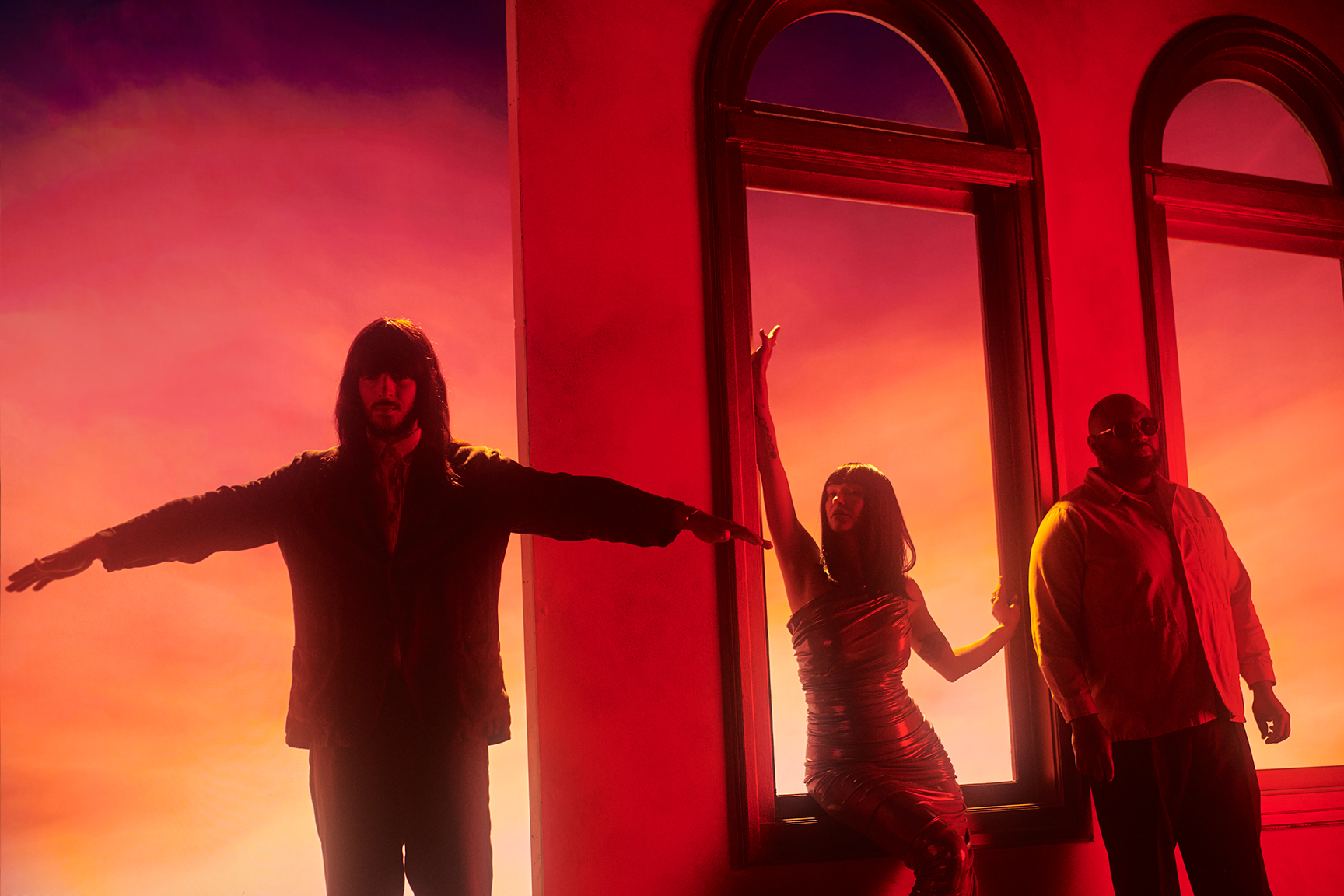
Khruangbin to Bring ‘A LA SALA’ Tour to St. Augustine in April

Perfume Genius, Flipturn, Tamino + Mitski and 6 New Songs to Stream
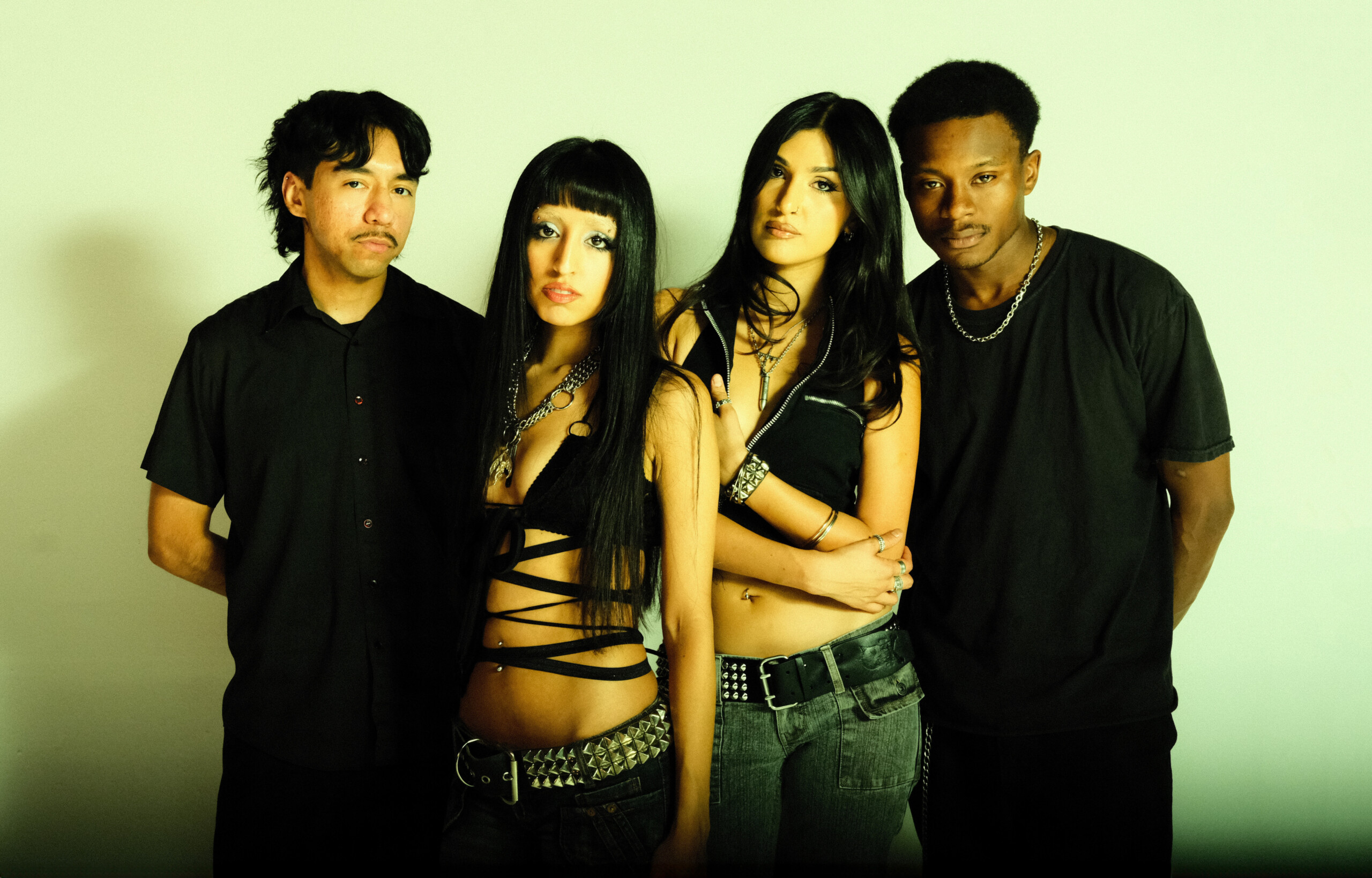
Song of the Day | “all tied up” by Glixen




